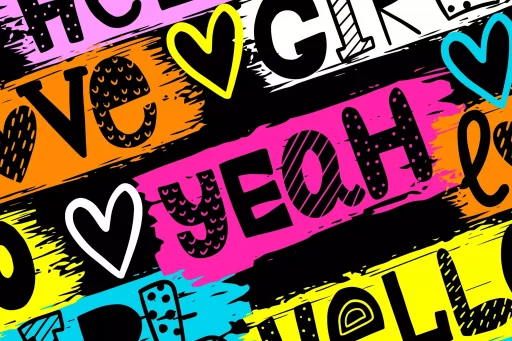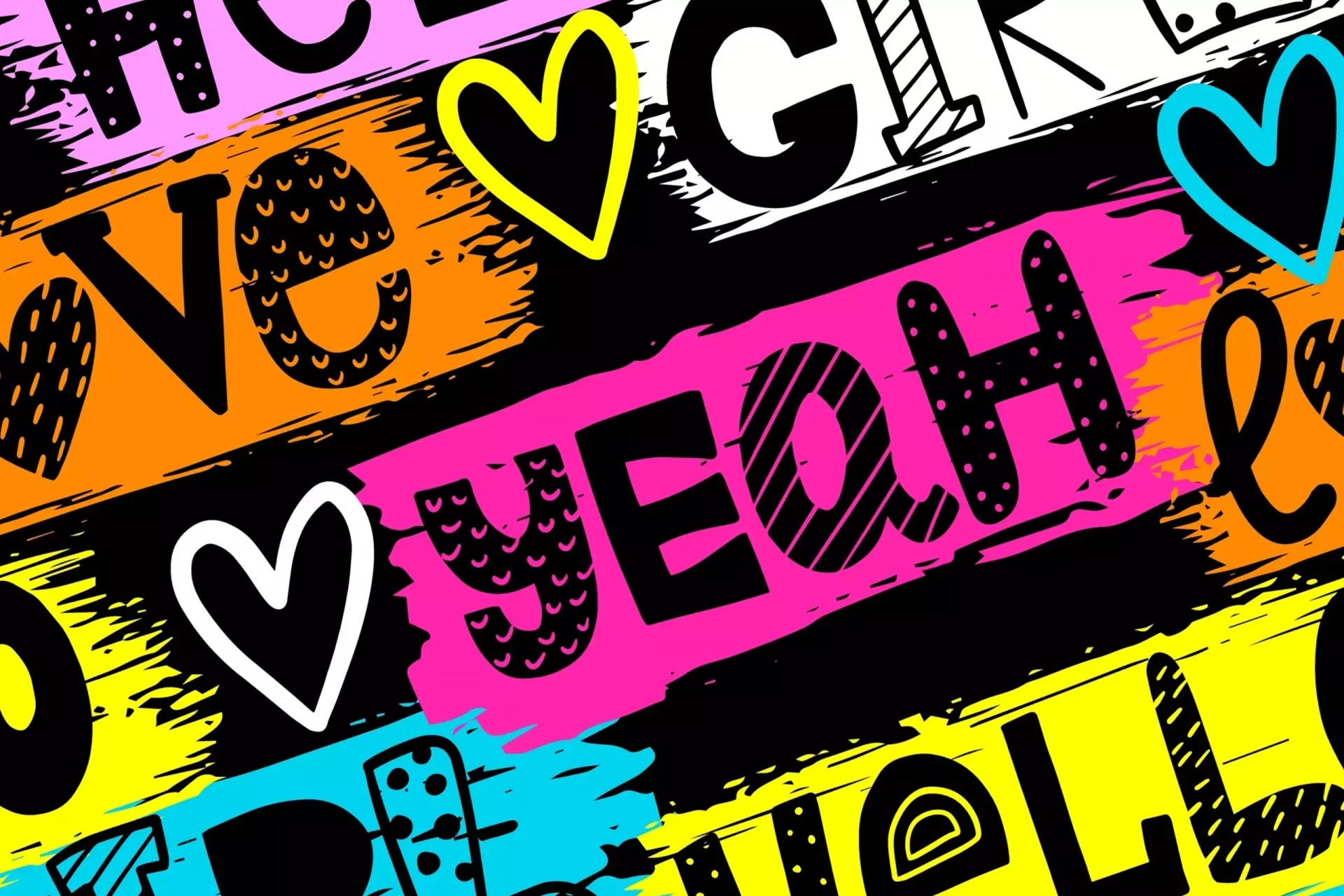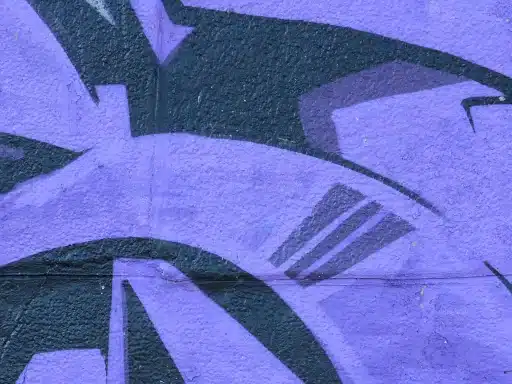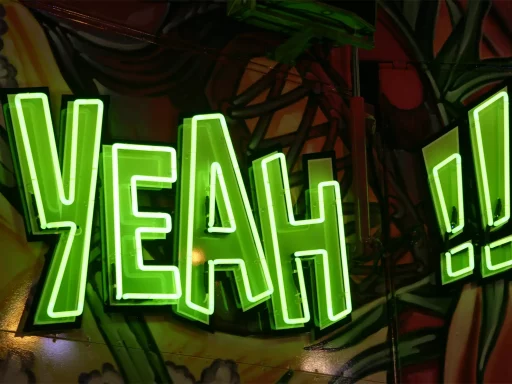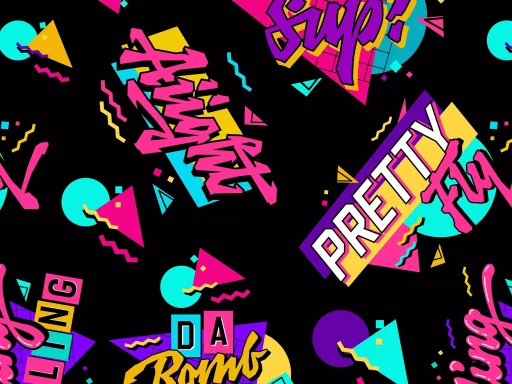Introduction to ‘Fey’ in Slang
The word ‘fey’ originally stems from Middle English, where it referred to being fated or doomed. Over time, its meaning has evolved and found a new life in modern slang. In contemporary usage, particularly among younger generations, ‘fey’ describes someone who is eccentric, whimsical, or somewhat out of touch with reality. This article explores the nuances of ‘fey’ in slang, its applications, cultural significance, and instances of usage in various contexts.
The Etymology of ‘Fey’
Understanding the history of the term helps illustrate its transformation. The term initially referred to a supernatural quality or a sense of foreboding. In literature and folklore, it often depicted beings who possess otherworldly attributes—characters that are neither fully connected to this world nor entirely separate from it. When applied to people’s behaviors today, it suggests a certain charming oddity.
Modern Usage of ‘Fey’
In modern slang, ‘fey’ can describe artists, musicians, or individuals who embody a whimsical, almost ethereal quality. Here are a few interesting ways ‘fey’ is commonly used:
- **Artistic Expression**: An artist with a unique, quirky style might be described as ‘fey’.
- **Personality Traits**: Someone who has an eccentric way of thinking or dressing can also be labeled as ‘fey’.
- **Social Interaction**: Individuals who seem detached from conventional social norms might be referred to as ‘fey’.
Examples of ‘Fey’ in Context
Let’s take a closer look at how ‘fey’ is applied in different scenarios:
- Fashion: Consider a fashion trendsetter who combines mismatched patterns and colors in a whimsical way. This person might be called ‘fey’ for their non-conformist style.
- Literature: A character in a novel may have a fey demeanor if they engage in fantastical daydreaming or have a peculiar way of speaking.
- Music: An indie musician with an ethereal sound, combining haunting lyrics with unconventional melodies, might be described as fey.
Case Studies: Cultural Representation of ‘Fey’
To better understand the significance of ‘fey’, we can examine cultural representations across various media:
- Film: Movies that have characters embodying fey characteristics often portray them as dreamers or visionaries, like in the film “Amelie,” where the protagonist exhibits quirky traits and an imaginative worldview.
- Literature: In literature, the works of authors like Neil Gaiman, especially in titles such as “Stardust,” feature characters that encapsulate the essence of being fey—enchanted, whimsical, and slightly aloof.
- Social Media: On platforms like TikTok and Instagram, users who express their individuality through quirky fashion choices or unconventional behavior proudly declare themselves as fey.
Statistics Reflecting Slang Trends
According to a 2022 survey of millennial and Gen Z slang usage, approximately 65% of young individuals reported using the term ‘fey’ in conversations to describe themselves or others. Social media analysis indicates a significant rise in the use of ‘fey’ on platforms like Twitter and TikTok, illustrating its growth as a cultural marker among the youth.
The Appeal of ‘Fey’
The allure of the term ‘fey’ lies in its celebration of individuality and uniqueness. In a world that often pressures conformity, identifying with the fey aesthetic allows people to embrace their peculiarities. This is especially significant in creative communities where self-expression is paramount.
Conclusion
The slang term ‘fey’ serves as a lens through which we can view the evolving landscape of language and cultural expression. By embracing its whimsical connotations, we can appreciate the beauty found in eccentricity and individuality. Whether in fashion, art, or social interactions, recognizing and celebrating fey traits encourages a more diverse and vibrant community.
